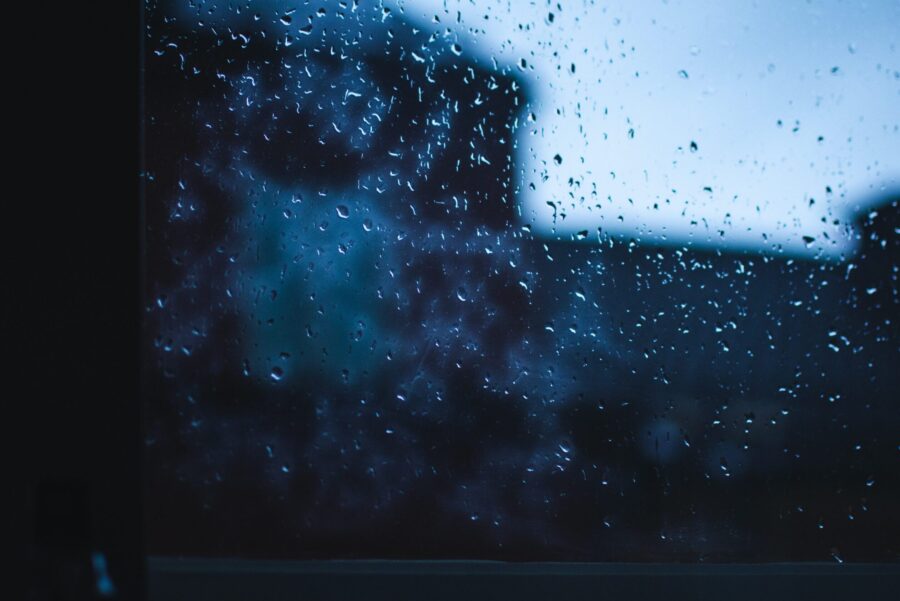“Blue Monday” Is a Myth – But Seasonal Depression Is Real
Blue Monday – the third Monday of January – is allegedly the most depressing day of the year. But according to a CNN article, that’s merely a myth, “actually a PR stunt that has unfortunately cemented itself into modern culture.”
It all began in 2005, when the UK TV channel Sky Travel announced to journalists that with the help of a complex formula developed by psychologist Cliff Arnall, it had calculated the most miserable day of the year. The formula allegedly took such factors as the weather, the time since Christmas, the amount of debt you find yourself in, and the time since you gave up on your New Year’s resolution. The junk science formula was merely a ploy to drum up business for the travel industry, as people feeling blue might be more likely to book a vacation to a sunny location.
But the idea took off and made its way into popular culture and onto social media, precisely because many people do experience the “winter blues.” There is a condition called seasonal affective disorder (SAD) which is very real. It’s a form of depression people experience between fall and spring – and most acutely in January and February – when the days are shorter and there is less sunlight.
Psychology Today reports that SAD affects an estimated 10 million Americans and is more common in women than in men.
The condition is believed to be linked to a biochemical imbalance in the brain, prompted by the shorter daylight hours of winter, which shifts the body’s biological internal clock, or circadian rhythm, causing people to be out of sync with their regular schedule.
The American Psychiatric Association says the condition leads to symptoms like extreme fatigue – no matter how long you sleep – loss of interest in activities you formerly enjoyed, and weight gain due to overeating and craving for carbohydrates. More seriously, it can lead to feelings of worthlessness or guilt, extreme sadness, and even suicidality.
Thankfully, the condition is treatable. The best way to combat SAD is to focus on light exposure, according to Dr. Ravi Shah, a psychiatrist at Columbia University’s Irving Medical Center in New York City. Spending time outdoors or at a window with exposure to sunlight can help. “If you can’t get natural sunlight, buy a light box,” he said.
Light boxes emit very bright light, mimicking natural daylight. Light therapy – sitting in front of the box for at least 20 minutes a day – typically helps people feel better within one or two weeks of starting treatment. You can purchase them online.
Taking care of yourself – exercising regularly, eating healthy foods, and staying connected to people in your life – all combat the condition. In addition, talk therapy and antidepressants are effective treatments for SAD. Talk to your doctor, as with help, it can be a manageable condition.
Read the full article here.
Rogers, Kristen and Picheta, Rob. “The ‘Blue Monday’ depression peak isn’t real, but seasonal blues are. Here’s what to do.” CNN.com, 16 Jan 2023, https://www.cnn.com/2023/01/16/health/blue-monday-debunked-wellness/index.html.
Photo by Gemma Evans on Unsplash



